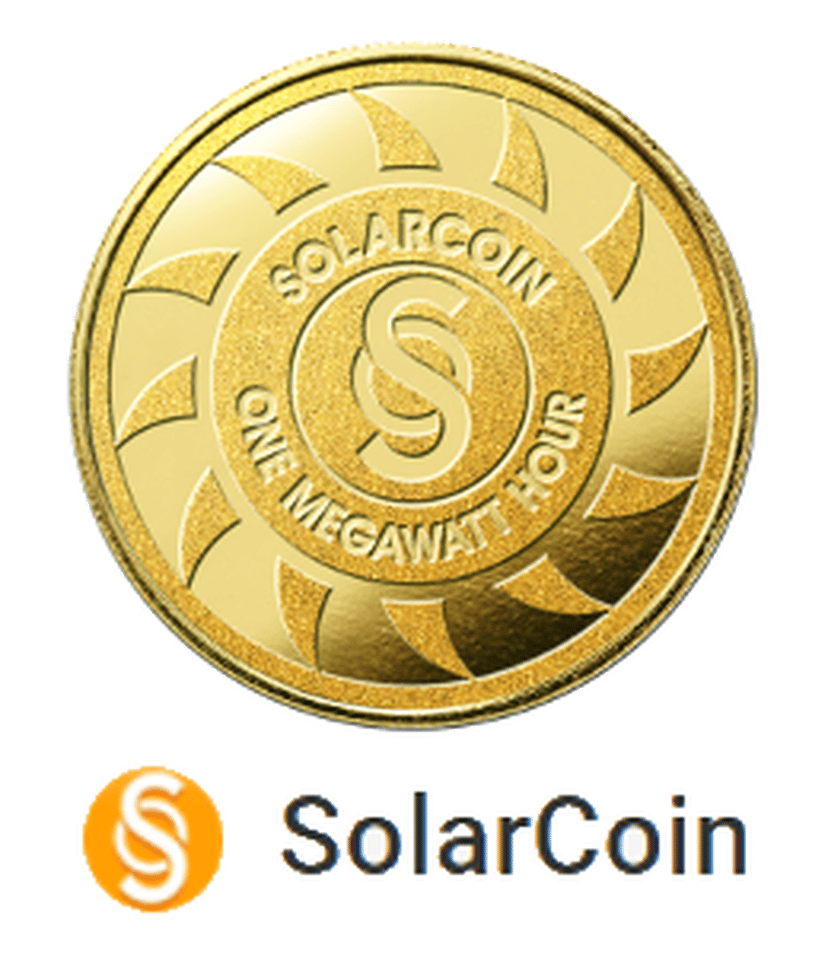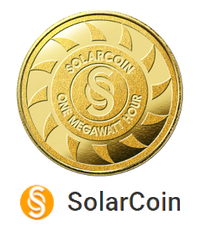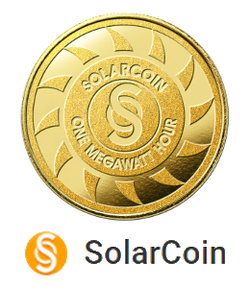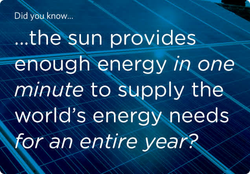SolarCoin

SolarCoin
Differences with BitCoin

SpaceBelt
SolarCoin is not a replacement for BitCoin. It is a complementary currency using blockchain database technology implemented to incentivize global Solar electricity generation.
Fork from Litecoin source code
Hash algorithm: Scrypt
§ 98.34 billion
SolarCoin mining is 50x more energy efficient than BitCoin [3]
Mining



SolarCoin was distributed to a large number of investors through Proof-of-work system (PoW) until September 2014. Since then, the Proof-of-Stake-Time (PoST) is used as being more environmentally energy friendly. The transition from PoW to PoST is accompanied by an increase in the scarcity of money, thus, in the long term, increase its price. SolarCoin mining is now only via the production of solar energy.
Grants

SolarCoin SpaceBelt 2016

SolarCoin can be claimed by individuals living in homes with solar energy panels on their roof or by large leased or financed solar electricity farms.
The currency is backed by two forms of proof of work.
One is the traditional cryptographic proof of work—now proof of stake-time—associated with digital currency.
The other proof of work is a third-party verified meter reading representing 1 MWh of generated solar electricity.
SolarCoin is equitably distributed using both of these proofs of work as a means to reward solar electricity production.
Generators of solar energy may receive SolarCoin grants, which are made at the rate of 15% of Nameplate Capacity.
The annual calculation is:
365 days x 24 hrs x 15% x Your KW Nameplate Capacity
This works out to 1.314 x the installed KW Nameplate Capacity.
The initial SolarCoin grant is retroactive to the install date of the facility or Jan 1, 2010; whichever is more recent.
Ongoing SLR grants are made every six months, based on the month of installation of the facility.
The first official recipient of a SolarCoin solar electricity generator grant was Lisa Shock, an Arizona resident.
Related Links
ElectriCChain
International Renewable Energy Agency
















